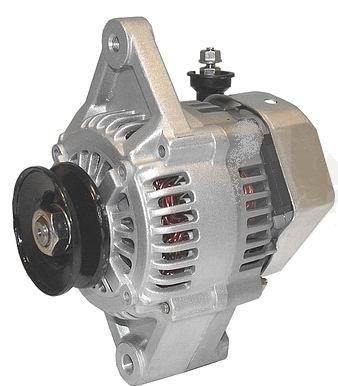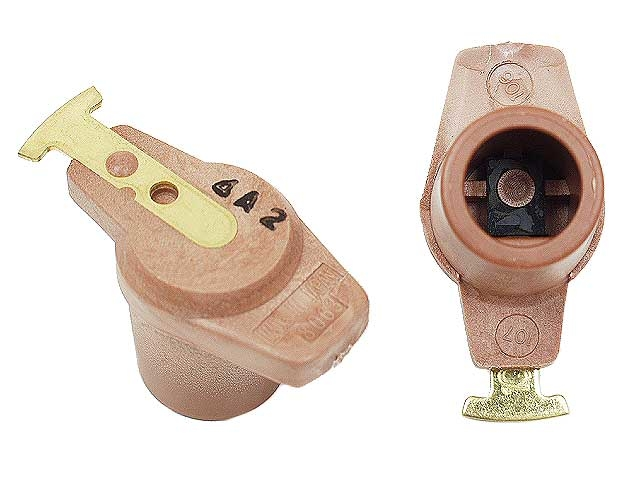

In some cars, you might also find another small fuse to the alternator’s control-usually a 15A to 20A fuse.
1983 toyota starlet alternator gauge pinout manual#
The solution is to check your car’s manual for the particular fuse that controls the alternator, and replace it. When this happens, the current will stop flowing from the alternator. It is often an 80A fuse or more, and is most often found in your car’s fuse box in the engine bay.įuses blow due to a power surge, or they wear out. There is often a huge fuse connected to the alternator’s big power cable. The serpentine belt and pulleys are often pretty easy and cheap to replace.

Some older cars have manual tensioners, and in this case, you might have to tighten the serpentine belt. Most cars have automatic tensioners, but these can fail, so it is better to double-check. This can also happen if the serpentine belt is not tightened correctly. If it fails, the alternator will stop working the moment your belt wears out and breaks, or the pulley becomes damaged. The serpentine belt powers the alternator. Broken Serpentine beltĪ closer observation of the alternator will reveal a pulley and belt system that works to convert mechanical energy into electrical energy. If you have already replaced it with a brand new alternator, but it’s still not charging the battery, you should keep reading this list. These days, alternators are quite cheap, so it is usually cheaper to replace the whole thing than it is to fix a problem internal to the alternator. Replacing parts inside the alternator, such as carbon brushes, the diode plate, or the voltage regulator, was more common on older cars. Replacing either of these generally requires you to have more advanced knowledge about alternators. Sometimes there is an electrical problem in the alternator, and even if the voltage does not change, it might be damaged.Īnother common cause is bad diodes or a voltage regulator. Alternatively, you could replace the entire alternator. If the voltage changes and go back to normal when you tap it lightly with a hammer while the car is running, that means the carbon brushes are worn out and need to be replaced in the alternator. You can carefully tap it with a hammer while the car engine is running while checking it with a multimeter on the car battery to see if the voltage is within the charging range. The most common reason why your car is not charging the battery is actually because of a worn-out or damaged alternator. Worn out carbon brushes or damaged alternator Here is a list of the 5 most common reasons why your alternator is not charging the battery. Now that you know the most common reasons in brief, you’ll probably want to read about them in greater detail. Your alternator will also not charge the battery if the serpentine belt has snapped off. It can also be caused by a blown fuse or bad wiring. The most common reason why an alternator is not charging the battery is due to worn carbon brushes or a damaged alternator itself. Conclusion Reasons Why Your Alternator Is Not Charging


 0 kommentar(er)
0 kommentar(er)
